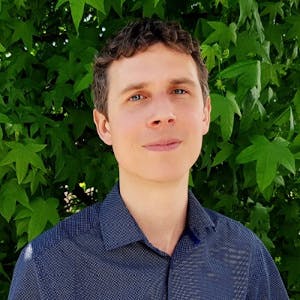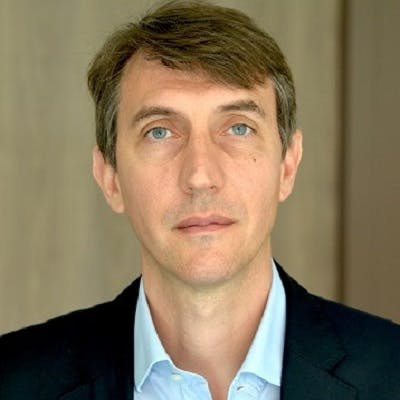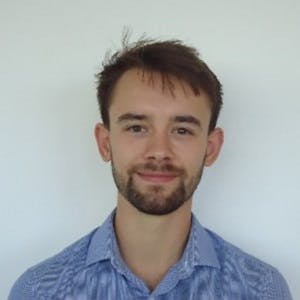The aviation industry is currently responsible for three percent of global CO2 emissions. To achieve the goal of climate-neutral aviation, it is essential to develop and implement new technologies that can reduce the carbon footprint of air travel. One promising solution is the use of hydrogen fuel cells as a propulsion system for aircraft. Simulation allows us to test and optimize the design of the propulsion system in a virtual environment, reducing the time and cost required to bring the technology to market. In this webinar, we will explore the use of simulation to develop a commercially viable hydrogen fuel cell propulsion system for aircraft.
Topics covered will include:
- The main advantages of hydrogen fuel cell compared to other approaches toward climate-neutral aviation
- The main challenges when it comes to the propulsion system
- Fuel cell system development – the multiple stacks balance of plant (BOP) which makes the fuel cell perform
- The use of Simcenter simulation technology to develop and optimize the design of the propulsion system in a virtual environment, reducing the time and cost required to bring the technology to market.
主讲嘉宾

延斯·德布尔 (Jens de Boer)
Simcenter 航空航天解决方案经理
延斯是一位充满热情的航空航天工程师。在效力于西门子的 14 年间,他曾与多家航空航天企业合作,帮助他们实施和简化整个开发周期中的仿真和测试流程。

斯蒂芬·穆万德 (Stéphane Mouvand)
Simcenter 系统仿真航空航天业务开发经理
斯蒂芬于 2005 年加入西门子,担任重要航空航天客户的销售代表。目前,斯蒂芬负责领导 Simcenter 系统仿真解决方案的航空航天及国防业务开发。

Tom Stokes
Project Engineer, Analysis and Simulation
Tom started his career with Ricardo in 2019 after graduating from Loughborough University with a master’s degree in Automotive Engineering. His studies there were primarily focused on engine performance simulation.
After university, Tom joined Ricardo in the Simulation and Analysis team, where his focus has increasingly shifted towards the use of hydrogen both as a fuel for internal combustion engines and hydrogen fuel cells.
